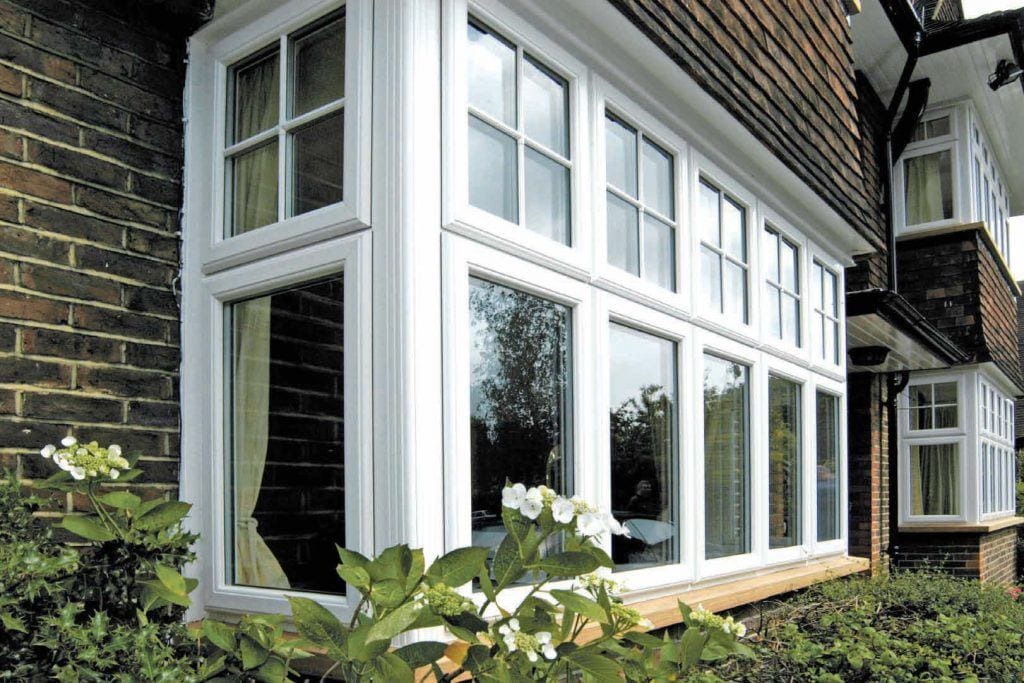
Double glazing refers to the use of two panes of glass in a window or door unit, separated by a space that is typically filled with air or gas. This design enhances thermal insulation, soundproofing, and overall energy efficiency, making double glazing a popular choice for both residential and commercial properties. This report explores the benefits, types, and installation processes of double glazing, highlighting its importance in modern construction and renovation projects.
Benefits of Double Glazing
- Energy Efficiency: One of the primary benefits of double glazing is its ability to improve energy efficiency. The air or gas trapped between the two panes of glass acts as an insulator, reducing heat transfer. This means that homes can retain warmth during winter and stay cooler in summer, leading to lower energy bills and decreased reliance on heating and cooling systems.
- Noise Reduction: Double glazing significantly reduces noise pollution from outside. The two layers of glass, along with the air or gas space, help to dampen sound waves, making it an ideal choice for homes located in noisy areas, such as near busy roads or airports.
- Increased Security: Double-glazed windows are generally more difficult to break than single-pane windows. The additional layer of glass provides an extra barrier against intruders, enhancing the security of the property.
- UV Protection: Double glazing can also protect interiors from harmful ultraviolet (UV) rays. The glass can be treated to block a significant percentage of UV radiation, which can fade furniture, carpets, and artwork over time.
- Condensation Reduction: Double-glazed windows are less prone to condensation compared to single-pane windows. The inner pane of glass remains warmer, reducing the likelihood of moisture forming on the surface.
- Environmental Impact: By improving energy efficiency, double glazing contributes to a reduction in carbon emissions. Homes that utilize double-glazed windows consume less energy, which is beneficial for the environment.
Types of Double Glazing
Double glazing comes in various types, each designed to meet specific needs and preferences:
- Standard Double Glazing: This is the most common type, consisting of two panes of glass with a spacer bar in between. The space is typically filled with air or argon gas to enhance insulation.
- Low-E Double Glazing: Low-emissivity (Low-E) glass has a special coating that reflects heat back into the room while allowing light to pass through. This type of glazing is particularly effective in improving energy efficiency.
- Acoustic Double Glazing: Designed specifically for noise reduction, acoustic double glazing features thicker glass or a different spacing between the panes to minimize sound transmission.
- Triple Glazing: While not technically double glazing, triple glazing involves three panes of glass. This option provides even greater insulation and noise reduction but is generally more expensive.
- Self-Cleaning Double Glazing: This innovative type of glazing has a special coating that breaks down dirt and grime when exposed to sunlight. Rainwater then washes away the residue, keeping the glass cleaner for longer.
Installation Process
The installation of double glazing is a critical process that should be performed by qualified professionals. Here is an overview of the typical steps involved:

- Assessment and Measurement: A professional will assess the property and take precise measurements of the existing windows or doors. This step ensures that the new double-glazed units will fit perfectly.
- Selection of Materials: Homeowners can choose from various styles, frames, and types of double glazing. Factors such as energy efficiency ratings, aesthetics, and budget will influence the selection.
- Preparation: The area around the windows will be prepared for installation, which may involve removing old windows, cleaning the frame, and ensuring that the structure is sound.
- Installation: The new double-glazed units are carefully fitted into the prepared frames. Proper sealing is crucial to prevent air and moisture infiltration. The installer will ensure that the units are level and secure.
- Finishing Touches: Once the double glazing is installed, finishing touches such as trims and seals will be added to complete the look and ensure airtightness.
- Post-Installation Inspection: After installation, a thorough inspection is conducted to ensure that everything is functioning correctly. Homeowners are advised on how to maintain their new double-glazed windows.
Maintenance of Double Glazing
Maintaining double-glazed windows is relatively straightforward. Regular cleaning of the glass and frames will help to keep them looking new. Homeowners should check for any signs of condensation between the panes, which may indicate a failure in the seal and require professional attention. Additionally, ensuring that the window locks and hinges are functioning properly will enhance security and longevity.
Conclusion
Double glazing is an essential feature in modern architecture, offering numerous benefits that extend beyond mere aesthetics. With improved energy efficiency, noise reduction, and enhanced security, double-glazed windows and doors are a worthwhile investment for homeowners and businesses alike. As technology advances, new types of double glazing continue to emerge, providing even greater functionality and performance. For those considering renovation or new construction, Double Glazing Installation glazing presents a compelling option that aligns with the demands of contemporary living and environmental responsibility.








